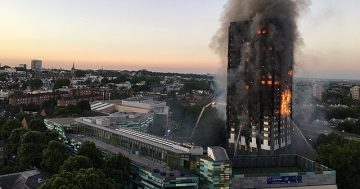
Remedial works have been completed at 14 Government-owned buildings, including the ACT Magistrates Court. Photo: File.
Sixteen privately owned buildings in the ACT are currently being assessed for potentially flammable cladding while another four government buildings have now been stripped of the potentially deadly material.
Remedial works on the four government-owned buildings – Canberra High School, Howard Florey House, Civic Youth Centre and ACT Magistrates Court – have now been completed, meaning 14 ACT Government buildings have been stripped of the dangerous cladding.
Remediation works are ongoing on an additional nine government-owned buildings found to have the cladding, with final works expected to be completed by late 2022.
However, the government won’t release a list of all affected buildings that it owns. On previous occasions, the government has said the release of such information posed a safety risk.
Private owners’ corporations have been assisted by the ACT Government which paid 50 per cent of the costs of testing and assessing their buildings’ cladding – up to $20,000 excluding GST.
The government is still working out how the second phase of the Private Buildings Cladding Scheme will roll out and the structure of a concessional loan to help building owners remove the cladding.

Minister for Sustainable Building and Construction Rebecca Vassarotti said the government wants to hear from owners’ corporations who discover the flammable cladding. Photo: Ian Bushnell.
Minister for Sustainable Building and Construction Rebecca Vassarotti said the government is currently seeking further information from financial services firms in relation to the detailed structuring and administration of the concessional loans through TendersACT.
“We want to ensure the loans are set up in a way that will deliver the best possible outcomes for all involved,” Ms Vassarotti said.
While they wait for the second phase of the scheme, some owners’ corporations have been forced to modify the rules of the building and ban residents from smoking, using a barbecue or an outdoor heater when on the balcony.
Vantage Strata managing director Chris Miller said measures like these were necessary and appropriate while waiting for cladding to be removed.
Ms Vassarotti has asked owners corporations and apartment building owners to get in touch with the government for help with ensuring resident safety and addressing risk.
Some building owners in Canberra have spoken about the difficulties of retaining or gaining insurance while waiting for the building’s cladding to be replaced.
Potentially combustible cladding materials consisting of either aluminium composite panels or expanded polystyrene came to global attention when the Grenfell tower fire killed 72 people in 2017 in London.
Cladding can be used on the outer skin of buildings to provide thermal insulation and weather resistance and to improve the appearance of buildings, but aluminium composite panels or expanded polystyrene can burn rapidly if they catch alight and can melt at relatively low temperatures.
It may be difficult to identify combustible cladding visually because it can look like rendered brick or concrete, and not all cladding products are combustible.
Applications for phase one of the Private Buildings Cladding Scheme are open until 21 July 2022.














